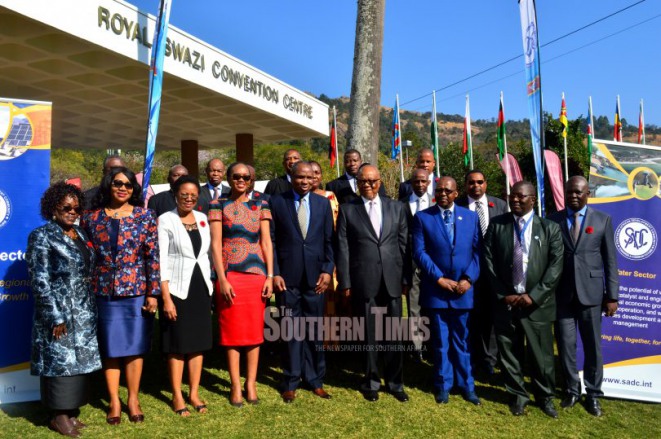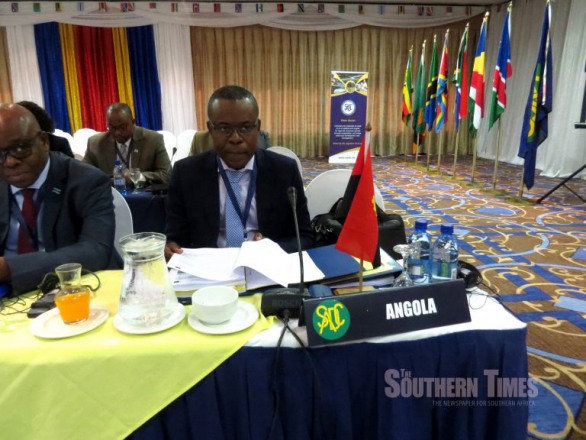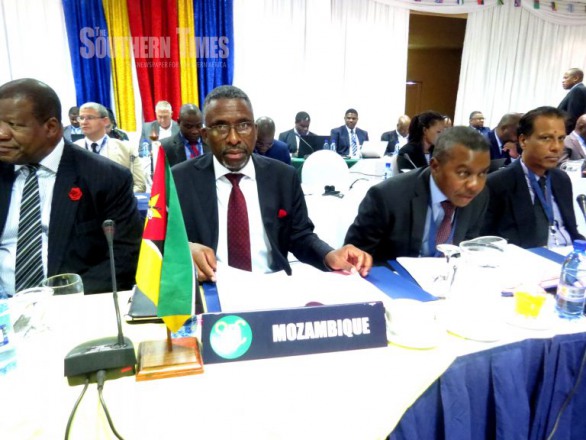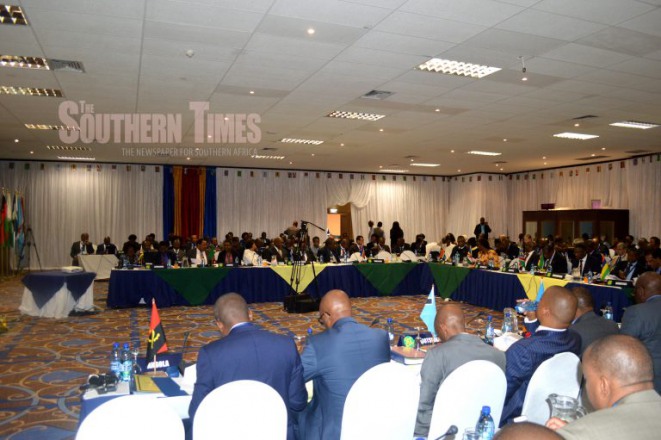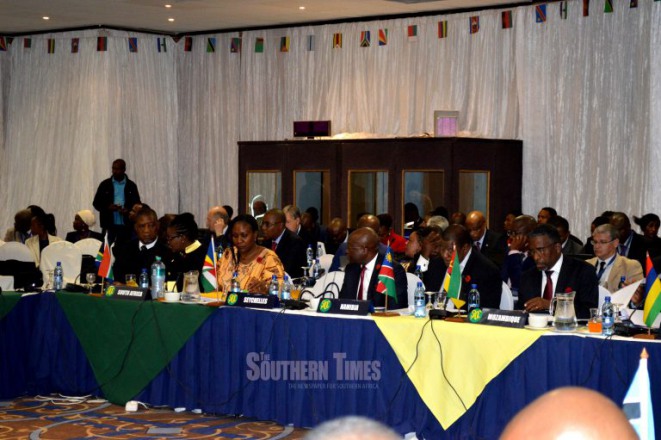Mozambique and Angola attend the SADC meeting about energy
The SADC High level Ministerial Resource Mobilisation Workshop and Energy Investment Forum of the Southern African Development Community (SADC) took place on 12-13 July, 2017, in Swaziland, upon the 36th Joint Meeting of SADC Ministers responsible for Energy and Water.
The meeting aimed to discuss, inter alia, the intergovernmental memorandum for the establishment of the regional centre for energy efficiency and renewable energies (SACREEE) and the adoption of SADC Action Plan on energy efficiency and renewable energy.
The meeting also assessed energy regulation in the SADC region and review the energy demand and supply situation.
The Energy Investment Forum was attended by project developers, SADC Member States Governments, Development Finance Institutions, International Cooperating Partners, Private Sector and other stakeholders.
Both Mozambique and Angola attended this meeting.
More information about the Energy Investment Forum here
SADC enjoying sustained power generation surplus
According to statistics from the Southern African Power Pool (SAPP), mainland Southern African Development Community (SADC) member states had installed capacity of 59 539 Megawatts (MW) and operating capacity of 54 397 MW as of the end of April 2017 against peak demand of around 53 478 MW.
The SAPP figures, which were released during the meeting of ministers responsible for energy in the SADC region, showed that more new generation capacity was added to the power pool in 2016 than was previously anticipated.
The region exceeded the target of 3 757MW for the year and commissioned 4 180MW from new power projects and the rehabilitation of old power plants. Mainland member states are planning to commission more than 7 000MW of new generation capacity in 2017, a development that is expected to further strengthen the region’s energy security.
This resulted in excess generation capacity of 919MW, a situation that has prevailed since the beginning of the year, which shows the efforts to achieve energy security in southern Africa appear to be achieving results as the region continues on a positive trajectory.
The excess is partly as a result of a slowdown in the South African economy but also due to the impact of a coordinated approach in implementation of the SADC energy programme. The surplus generation capacity comes five years ahead of the initial SAPP target of attaining electricity self-sufficiency by 2022 when the power pool hoped that demand for power would match surplus.
The increased generation capacity in Angola, Malawi and United Republic of Tanzania is only available domestically as the three countries are yet to be interconnected to the rest of the SAPP grid.
That means the new generation capacity installed in any of the three non-participating countries is not accessible to the nine other members of SAPP — Botswana, the Democratic Republic of Congo, Lesotho, Mozambique, Namibia, Swaziland, South Africa, Zambia, and Zimbabwe.
Inter-connector projects are expected between Mozambique and Malawi as well as between Namibian and Angola. The target dates for commissioning these are in 2020.
The move towards renewable energy follows a resolution made in 2012 by southern African countries to increase the uptake of cleaner and alternative energy sources that result in reduced carbon emission that increases climate warming and cause environmental damage.
In addition to being affordable, secure and reliable, renewable energy such as hydro, solar and wind will not be depleted and are also in abundance in the SADC region.
The long-term target set by SADC is to achieve a renewable energy mix in the regional grid of at least 32 percent by 2020 and 35 percent by 2030.
Access the full article here.

